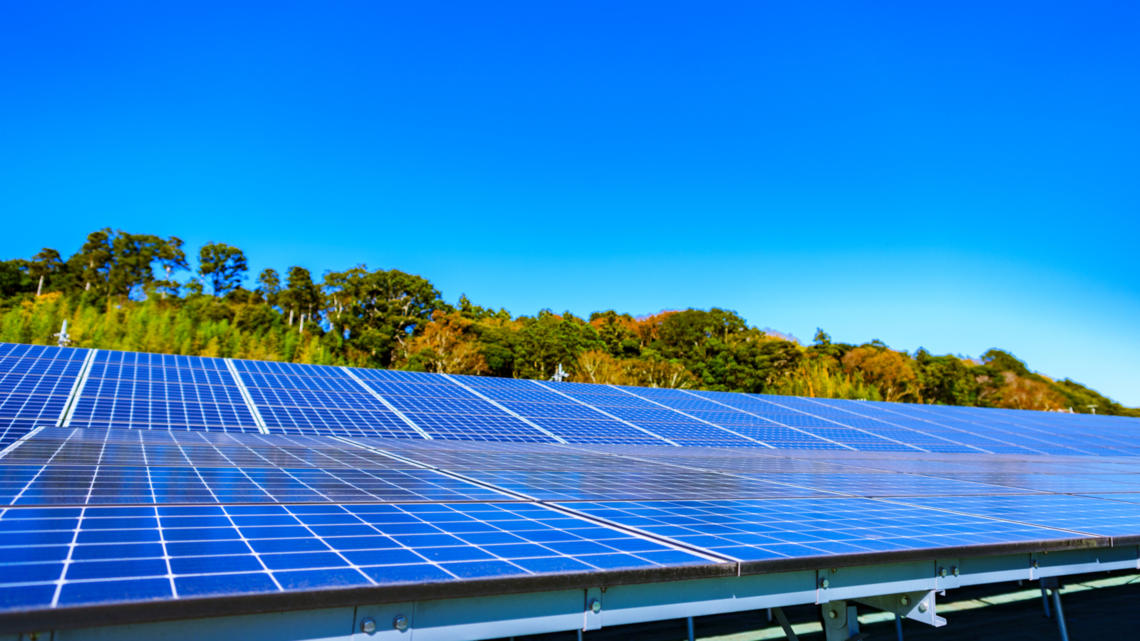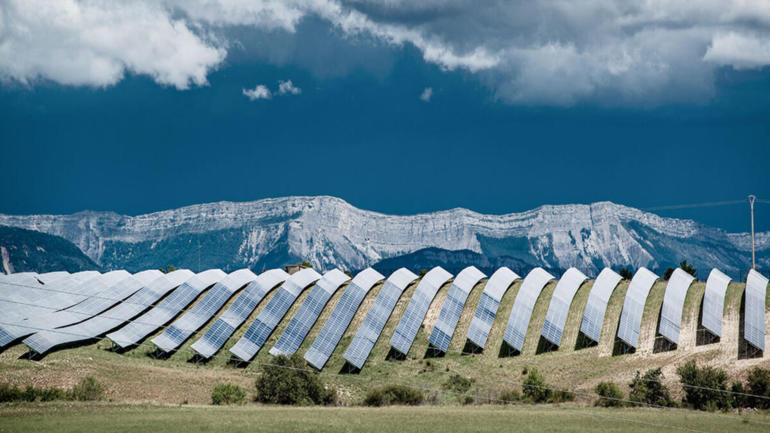This article was originally published in The Economic Times.
India is increasing its reliance on renewable energy to support its net-zero ambitions, with a target to meet 50% of the country’s electricity requirements through renewable sources by 2030. As the variable and intermittent renewable power takes a more predominant share in the total power mix, how can India ensure grid safety and reliability in power supply? Energy storage, with its grid balancing and renewable power optimizing services, provides businesses with the right opportunity to unlock India’s clean energy potential.
As the renewable power penetration increases, the operational dynamics of the power system will change drastically, requiring a change in the system architecture as well. Energy storage is going to be a quintessential part of the new power system architecture as it not only helps to balance out the variability in generation but could also enable consumption of a higher proportion of self-generated renewable power by consumers and reduce the need to feed excess electricity back into the grid.
“At the grid-scale level, energy storage is needed to efficiently manage the dynamics of demand and supply. This includes managing the short duration peak power requirement and maintaining the frequency when the grid is under stress,” says Dr. Ganesh Das, Chief – Strategy, Collaborations, Innovation and R&D, Tata Power Delhi Distribution Limited.
While pumped-hydro storage has traditionally been the most widely used storage technology globally, its environmental and geographical limitations are already paving way for a more prominent use of new technologies like batteries and fuel cells.
Benefits to commercial and industrial consumers
Energy storage systems have already started to support businesses in reducing their dependence on fossil fuels, such as diesel, and optimizing the use of renewable power in a commercially viable way. The commercial viability for deployment by commercial and industrial consumers depends on applicable use cases, location and type of operation, and potential access to renewable power, amongst other factors.
“We recently commissioned a one megawatt-hour (MWh) battery energy storage system connected to a solar power plant in Karnataka, one of the first battery projects of this scale in the commercial and industrial segment in India. The installed system offers battery storage as a power backup during grid downtime as an alternative to a diesel generator, helping the offtaker save around 1 lakh liters of diesel annually,” says Anil Bhat, CEO of Distributed Generation at Amplus Solar, a member of the PETRONAS Group.
“For commercial and industrial consumers, energy storage deployment is likely to make commercial sense if their daily diesel generation set usage is more than 20 minutes per day and electricity tariffs are upwards of INR 8 per kilowatt-hour (kWh). It will also be relevant for those with potential of installing surplus solar power and having operations in states like Karnataka, Uttar Pradesh and Tamil Nadu, where net metering is not allowed for commercial and industrial consumers,” according to Anil Bhat.
The increasing limitations being introduced in various states regarding banking of surplus renewable power on the grid for later use and withdrawal of net metering incentives (i.e., being able to sell additional renewable power produced by the consumer back to the utility) are acting as catalyzers for further growth in the energy storage market.
Barriers to adoption by commercial and industrial consumers
In its report on ‘Optimal Generation Capacity Mix’, the key advisory body to the Union Power Ministry of India, Central Electricity Authority has rightly acknowledged that energy storage systems will play a key supporting role in meeting India’s energy needs by 2030. While more than seven gigawatt-hours (GWh) of large-scale government tenders have already been issued to install battery energy storage systems (standalone or as part of hybrid renewable energy projects), commercial and industrial consumers face a number of challenges in the adoption of energy storage.
“Aditya Birla Group is committed to achieve net-zero carbon emissions by 2050. Given our energy use profiles, renewable energy with storage has a clear role in our decarbonization roadmap. While various forecasts related to lithium-ion battery storage cost indicate a reduction of more than 60% by 2030, current prices limit the application of battery storage as a commercially viable alternative. The challenge of recycling end-of-life batteries will also impact our decision to adopt” says Deeksha Vats, Chief Sustainability Officer at Aditya Birla Group.
“Godrej Group targets to be carbon neutral in its operations by 2030 and commits to reduce its absolute emissions in line with the 1.5-degree scenario. Renewable energy and energy efficiency have been the two pillars of our decarbonization strategy, and storage is emerging as the third and perhaps the most important pillar in this push. The single biggest challenge to the large-scale adoption of energy storage technologies is the economics of the solution. Other challenges include the choice of storage technology and its reliability and maintenance costs in the long term” says Ramnath Vaidyanthan, Head, Environmental Sustainability at Godrej Industries Limited and Associated Companies.
Policy and regulatory changes for grid-scale installations
The grid-scale deployment of energy storage systems is a lot more dependent on the existence of a suitable policy and regulatory framework, as compared to the case for deployment by commercial and industrial consumers.
Two kinds of policy and regulatory changes are required to boost energy storage deployment in India. The first kind is rules needed to ensure the reliability and safety of renewable power-based grid, which will automatically support energy storage deployment. These include levying higher time-of-day tariffs for commercial and industrial consumers and developing an active ancillary services market. At present, the peak tariff in India is 15-20% higher than off-peak tariffs, while in other markets including the US, Australia and the UK, this difference can be as high as 200-400%. The ancillary services market should also be opened up further and incentivize fast response services.
The second kind is more directed towards energy storage deployment itself. The production-linked incentive scheme launched in 2021for manufacturing of advanced chemistry cells for batteries has been a great initiative.
“A national energy storage target in line with the renewable energy target of 2030, further broken down into annual state-wise energy storage targets is critical to enable various stakeholders to optimize costs, develop innovative solutions and create demand. Moreover, specific exemptions including removal of import tariffs until quality cell supply is available locally, levy of open access charges, intrastate transmission and wheeling charges for consumers using renewable power to charge storage assets would help accelerate deployment,”opines Achal Sondhi, Vice President, Growth at APAC for Fluence.
Way forward
Among commercial and industrial consumers, there seems to be lack of awareness about the suitability of energy storage systems for their operations, predominantly due to the absence of tools to capture electricity consumption data at the frequency and duration required. For instance, many large businesses in India still lack data showing their 15-minutes electricity load profile, which is critical for the commercial evaluation of a business case to deploy energy storage.
The 2020s is the decade of action, and technologies like energy storage are going to play a critical role in supporting us to win the race against the climate crisis. There is no time left for a wait-and-watch approach. While the government is setting the stage for grid-scale deployment by working on an appropriate policy and regulatory framework, businesses should get moving. This could be done by first ensuring access to and analysis of the informative data like 15-minutes load pattern, solar power generation profile, potential for excess solar power and use of diesel on an everyday basis for power back-up, and then identifying suitable business operations for deployment to reap the commercial benefits of energy storage adoption.








